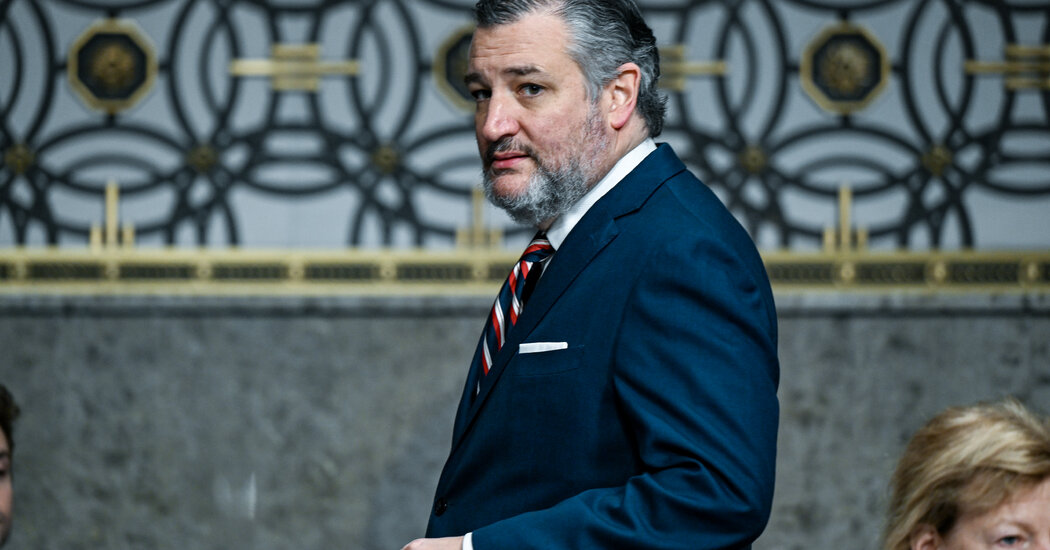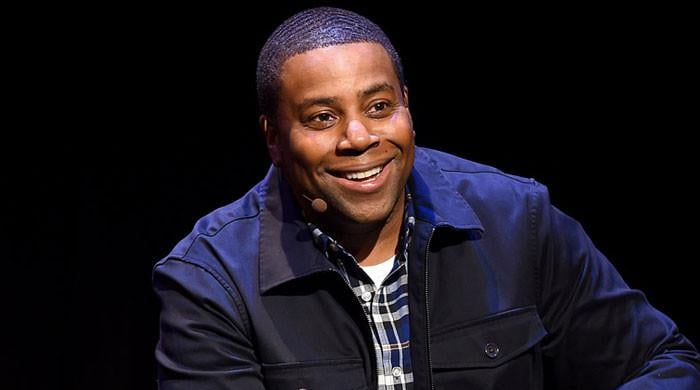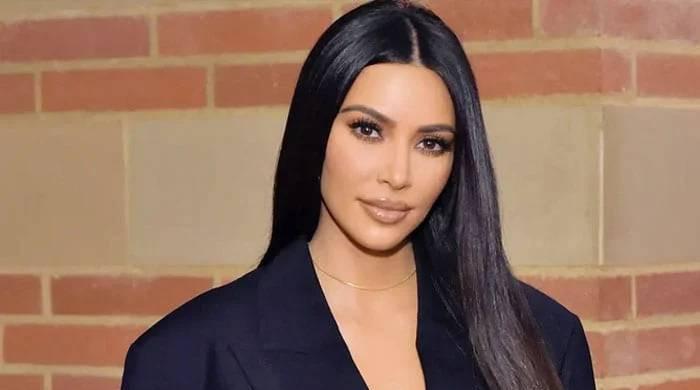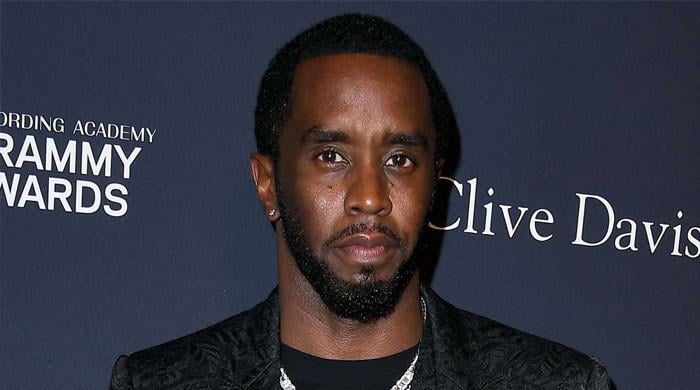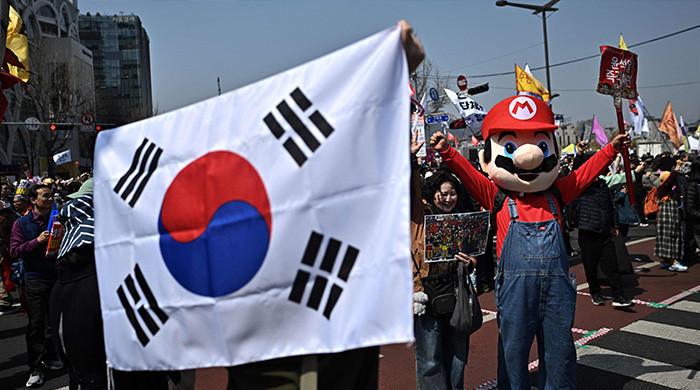
South Korea’s four months of political chaos
South Korea has endured months of political turmoil since President Yoon Suk Yeol declared martial law in December, sending soldiers into parliament in his attempt to subvert civilian rule.
The Constitutional Court delivered the long-awaited ruling, ousting Yoon, whose impeachment it had earlier suspended. The development will potentially bring an end to the unrest.
Here is a recap of events:
December 3: martial law
On December 3, after a budget tussle with the opposition, Yoon takes to television to declare martial law in a flashback to South Korea’s authoritarian past.
He says he wants to protect the country against “threats posed by North Korea’s communist forces and to eliminate anti-state elements plundering people’s freedom and happiness”.
Armed troops head to parliament, scaling fences, smashing windows and landing by helicopter in an apparent bid to stop lawmakers from overturning the decree.
As thousands of protesters gather outside, lawmakers vote 190-0 to nullify Yoon’s declaration in the early hours of December 4.
Soldiers begin withdrawing and Yoon reappears on television and lifts martial law. Protesters celebrate. Yoon goes to ground.
December 4: impeachment plan
The opposition immediately vows on December 4 to push for impeachment and file an official motion.
They file separate complaints of “insurrection” against Yoon, his defence and interior ministers, and “key military and police figures involved, such as the martial law commander and the police chief”.
Police announce they are investigating Yoon and others for “insurrection”.
December 14: Yoon impeached
Out of 300 lawmakers, 204 vote to impeach Yoon and 85 vote against the motion — their second attempt after a failed vote a week earlier.
Yoon is suspended from office while South Korea’s Constitutional Court has six months to deliberate on the vote.
Prime Minister Han Duck-soo becomes the nation’s acting leader.
The vote is followed by scenes of jubilation among tens of thousands of demonstrators in front of the parliament building.
December 27: second impeachment
On December 27, lawmakers impeach acting president Han over what the opposition calls his refusal to sign into law special bills to investigate Yoon.
Finance minister Choi Sang-mok takes over.
Meanwhile, the Corruption Investigation Office sends a third summons to Yoon on December 26, after he defied investigators’ demands twice in a week.
Yoon faces impeachment and criminal charges of insurrection, which could result in life imprisonment or even the death penalty.
December 30: arrest warrant
Investigators apply for an arrest warrant for Yoon after he fails to report for questioning.
It is the first attempt in the country’s history to forcibly detain a president before an impeachment procedure is complete.
Hundreds of Yoon’s supporters rally outside his compound to protest his impeachment, as Yoon vows in a statement to fight alongside them “until the very end to protect this nation”.
January 3: first arrest attempt
Investigators make their move to arrest Yoon but are blocked by his guards in a tense six-hour standoff.
They are forced to stand down, citing security concerns.
January 14: impeachment trial
The Constitutional Court opens Yoon’s impeachment trial.
A total of 11 hearings are held till February 25, some with Yoon himself attending and defending his decision.
January 15: Yoon detained
Investigators attempt to enter Yoon’s residence as his presidential guards, lawyers and supporters try to block the execution of an arrest warrant.
Officers use ladders to breach the compound and approach the residence.
After negotiations, investigators announce the warrant has been served, and Yoon later appears at their offices. Yoon says he complied to “prevent bloodshed”.
Yoon has his mug shot taken and undergoes a physical check as he spends his first night in jail as a criminal suspect.
January 18: Yoon’s warrant extended
The Seoul Western District Court issues a formal arrest warrant extending Yoon’s detention, citing concerns he may destroy evidence.
The decision enrages Yoon’s supporters, some of whom attack the court building, smashing windows and throwing glass bottles onto the grounds.
March 8: Yoon released
The suspended president is released from detention after a court voids his arrest on procedural grounds the day before.
Outside the detention centre, Yoon steps out of the car and waves at his weeping, cheering supporters.
The decision further fuels tensions, with hundreds of thousands rallying for and against Yoon each weekend, some camping out and staging all-night protests.
Verdict
The Constitutional Court announces on April 1 that it will issue its long-awaited ruling on Yoon’s impeachment on Friday.
South Korean police vow to mobilise “all available resources” to prevent violence that day.
Major tourist sites and nearby schools say they will close on the day of, as embassies warn their citizens to avoid areas near the court in fear of violence.




